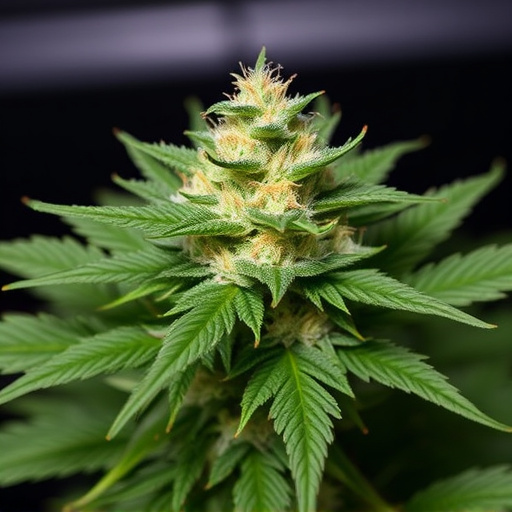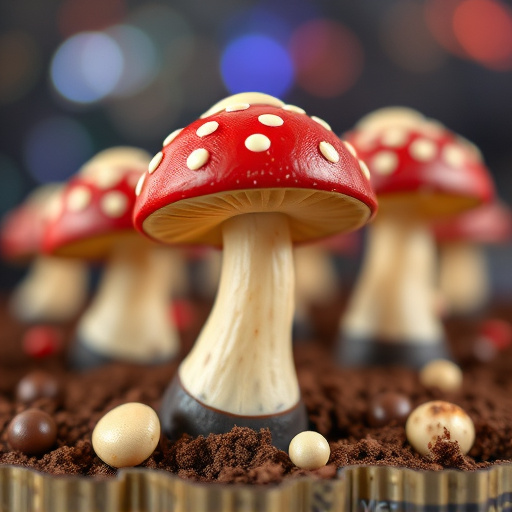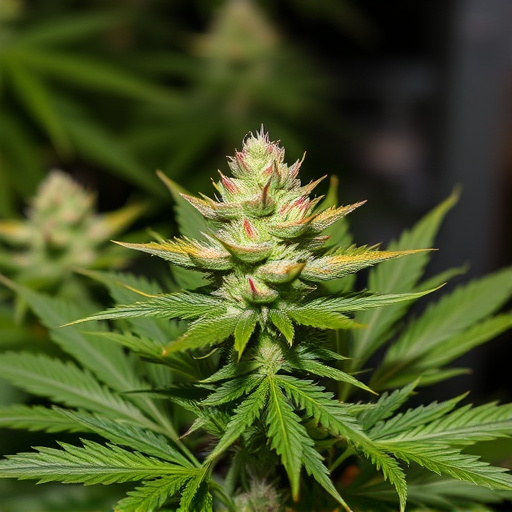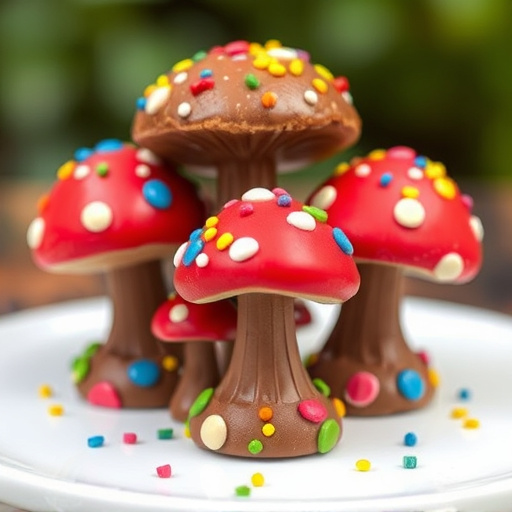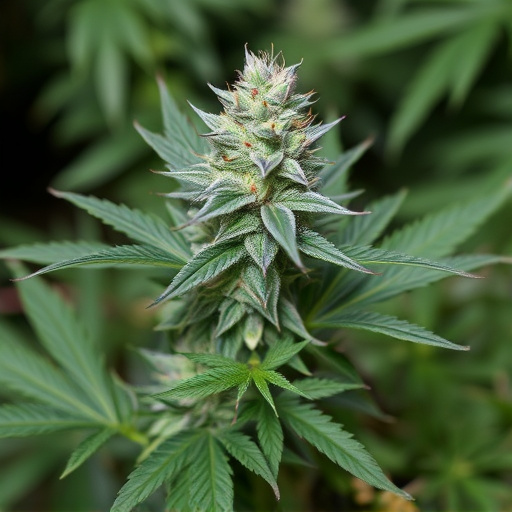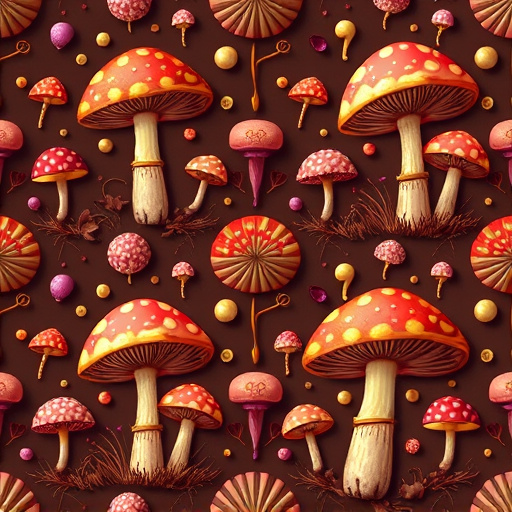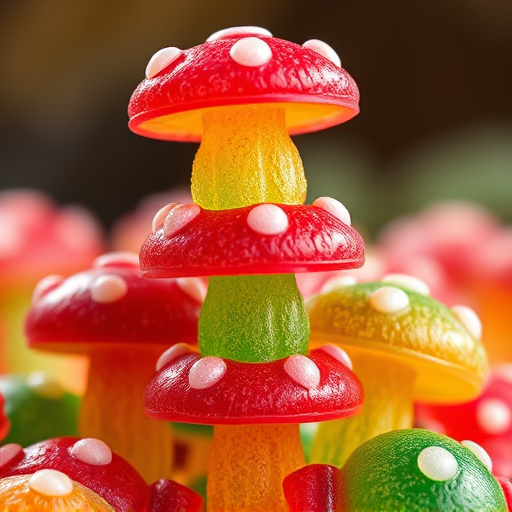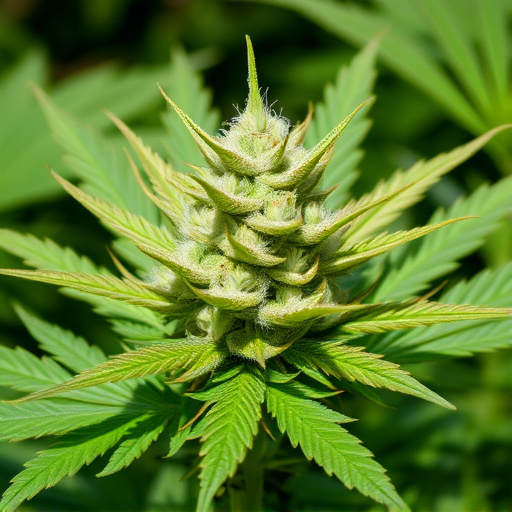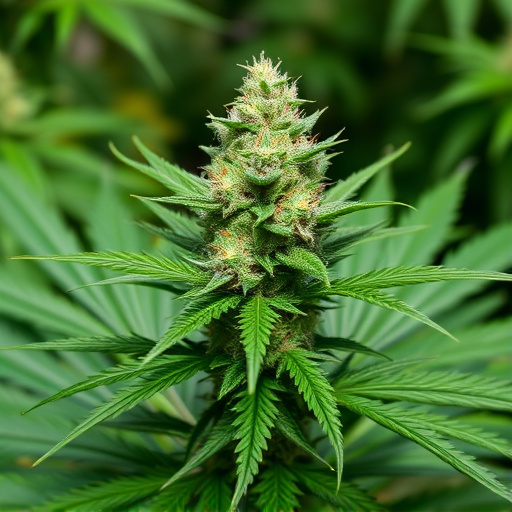The strongest cannabis strains, characterized by high THC levels (often exceeding 30%), significantly impact brain chemistry through their interaction with dopamine and serotonin systems. Dopamine, key to the reward system, is stimulated by THC, leading to feelings of pleasure and euphoria. Serotonin, regulating mood and appetite, is modulated by compounds like CBD, contributing to anti-inflammatory effects. While these strains offer therapeutic potential for mood regulation, excessive use may disrupt neurotransmitter balance, impacting long-term mood stability and motivation due to downregulated dopamine receptors. Research into the strongest cannabis strains reveals complex mechanisms affecting the endocannabinoid system, providing insights crucial for understanding both their therapeutic applications and potential challenges.
“Unraveling the complex relationship between cannabis and our brain’s reward system, this article delves into how the plant’s interaction with dopamine and serotonin influences pleasure and mood. While cannabis is known for its diverse effects, understanding its impact on these neurotransmitters—key players in regulating emotion and reward—is crucial. We explore the science behind these interactions, focusing on the strongest cannabis strains and their potential to alter brain chemistry, offering insights into both the pleasurable experiences and possible challenges.”
- Understanding Dopamine and Serotonin: The Neurotransmitters of Pleasure and Mood Regulation
- Cannabis Interaction with Dopamine and Serotonin Systems: Effects and Mechanisms
- Exploring the Impact of Strongest Cannabis Strains on Brain Chemistry
Understanding Dopamine and Serotonin: The Neurotransmitters of Pleasure and Mood Regulation
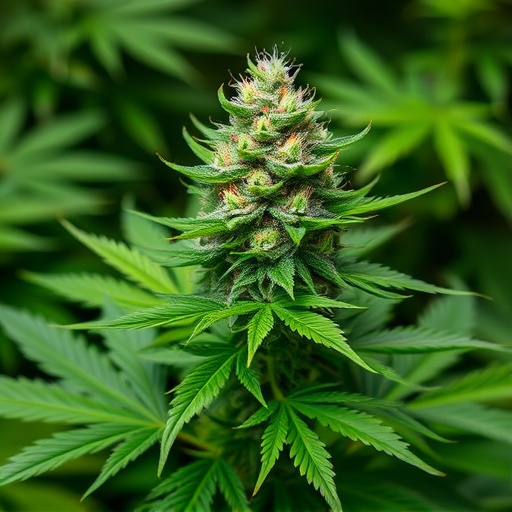
Dopamine and serotonin are two key neurotransmitters that play a significant role in regulating mood, pleasure, and reward in the brain. Dopamine is often referred to as the “feel-good” neurotransmitter, as it’s associated with experiences of pleasure, motivation, and reinforcement of rewarding behaviors. It’s heavily involved in the brain’s reward system, triggering feelings of euphoria and driving us to seek out pleasurable activities. Serotonin, on the other hand, is linked to mood regulation, sleep, and appetite control. Imbalances in serotonin levels have been connected to various mental health conditions, including depression and anxiety.
Understanding these neurotransmitters is crucial when exploring the effects of cannabis, as it interacts with both dopamine and serotonin systems. Certain strains of cannabis, known for their high THC content (the primary psychoactive compound), can stimulate dopamine release, leading to heightened sensations of pleasure and euphoria. This activation can be particularly pronounced with the strongest cannabis strains, which may account for why users often report intense feelings of happiness and relaxation. However, it’s essential to note that prolonged or excessive use could potentially disrupt the natural balance of these neurotransmitters, impacting long-term mood regulation.
Cannabis Interaction with Dopamine and Serotonin Systems: Effects and Mechanisms
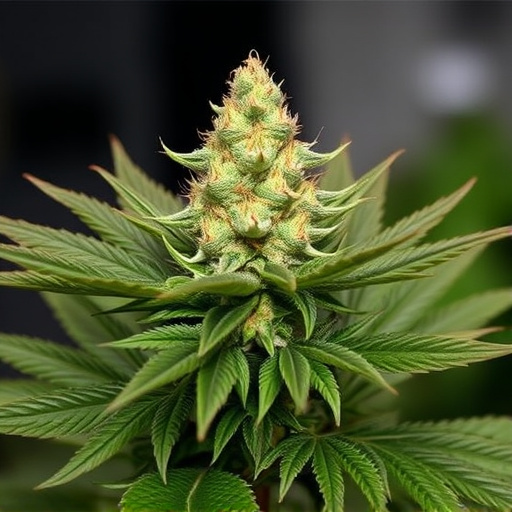
Cannabis interaction with dopamine and serotonin systems involves complex mechanisms that underlie its diverse effects on the brain. When consumed, certain compounds found in cannabis, primarily tetrahydrocannabinol (THC) and cannabidiol (CBD), bind to specific receptors in the neurotransmitter systems. These receptors, CB1 and CB2, are widespread throughout the brain and body respectively.
THC’s high-inducing properties are largely attributed to its interaction with the dopamine system. It stimulates the release of dopamine, increasing its levels in certain areas of the brain associated with pleasure, reward, and motivation. This mechanism explains why cannabis is often sought for its euphoric effects. Interestingly, CBD, another prominent compound, has been found to modulate serotonin levels by interacting with 5-HT1A receptors, which play a role in mood regulation and anxiety responses. This interaction might contribute to the anxiolytic (anxiety-reducing) and anti-inflammatory effects associated with some of the strongest cannabis strains.
Exploring the Impact of Strongest Cannabis Strains on Brain Chemistry
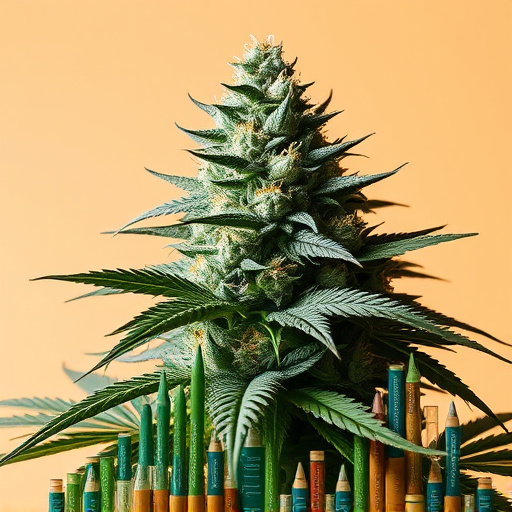
The impact of cannabis on brain chemistry is a fascinating area of study, especially when considering the effects of the strongest cannabis strains. These high-potency varieties have gained popularity, leading researchers to investigate their unique influence on neurotransmitters like dopamine and serotonin. When consumed, cannabis interacts with the endocannabinoid system (ECS), which plays a significant role in regulating mood, memory, and pleasure. The strongest strains, often boasting THC levels exceeding 30%, can dramatically affect ECS activity.
THC, the primary psychoactive compound, binds to cannabinoid receptors in the brain, triggering a cascade of events that modulate neurotransmitter release. This interaction can enhance dopamine release in reward-related areas, leading to feelings of pleasure and euphoria. Interestingly, some studies suggest that long-term use may downregulate dopamine receptors, potentially impacting motivation and reward processing. Regarding serotonin, cannabis has been shown to interact with 5-HT2A receptors, which could influence mood regulation and cognitive functions. Exploring these mechanisms helps us understand how the strongest cannabis strains can profoundly affect brain chemistry, offering insights into both potential therapeutic benefits and challenges.
In understanding how cannabis affects dopamine and serotonin, we uncover insights into its complex interactions with our brain’s pleasure and mood regulation systems. The effects of strongest cannabis strains have been particularly intriguing, showcasing potential therapeutic benefits while also highlighting the importance of responsible use. By delving into these neurotransmitters’ roles and exploring the latest research, we can navigate the world of cannabis with a newfound appreciation for both its promise and potential risks.
